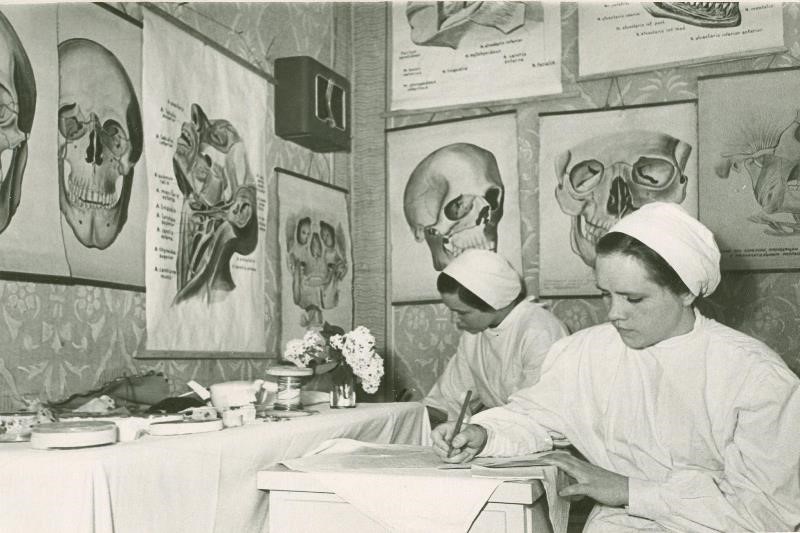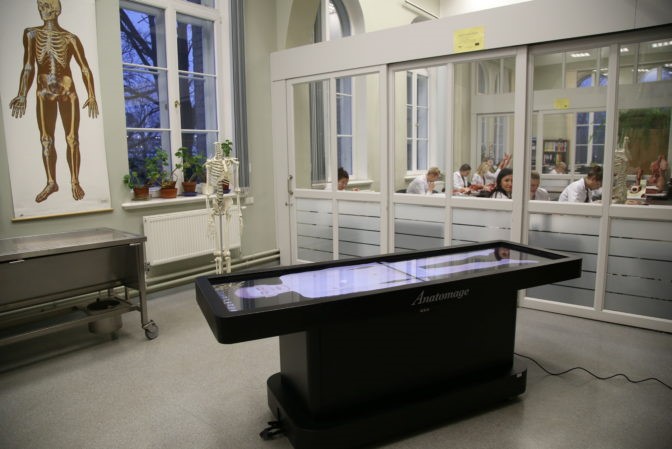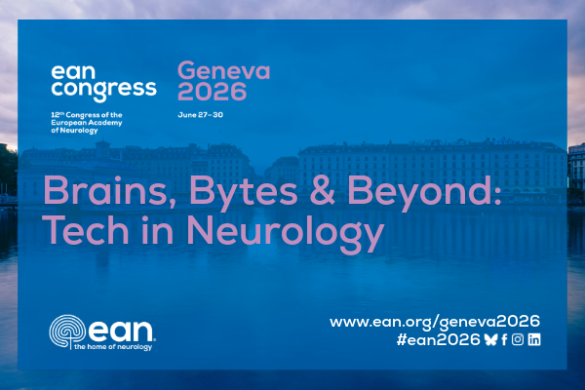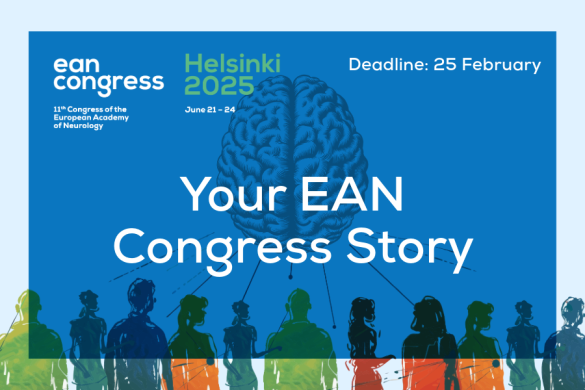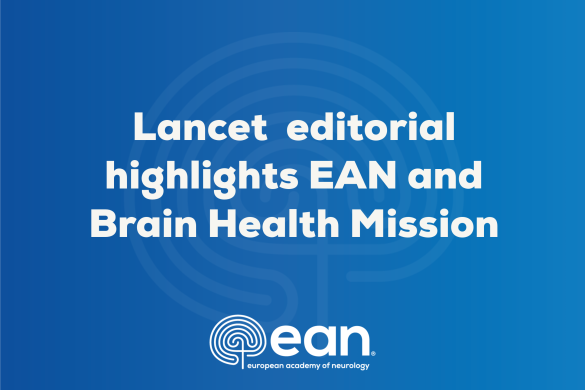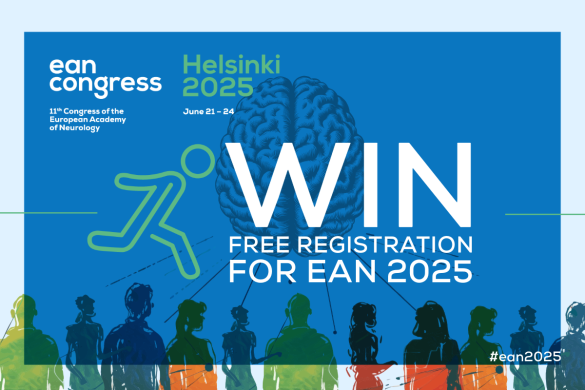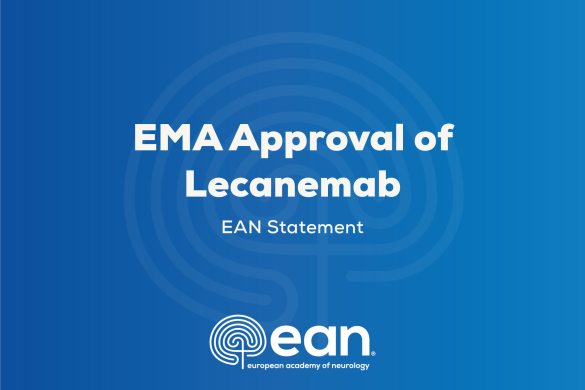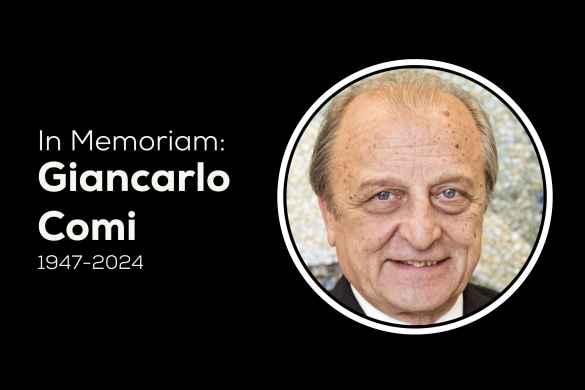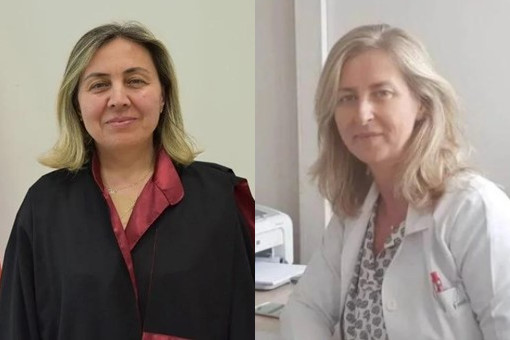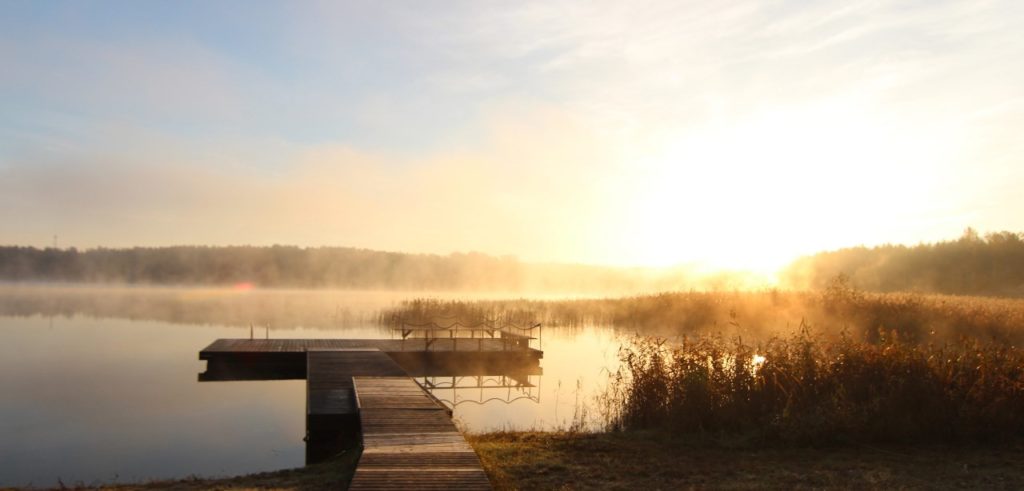
Latvia is a scenic country, situated on the shore of Baltic sea in Northern Europe, located between two other Baltic states: Estonia and Lithuania. The name Latvia comes from the ancient tribe called Latgalians who are one of four Indo-European Baltic ancestral tribes which inhabited the region within modern day Lativa. The country has a coastline of more than 500 km along the Baltic Sea, giving everybody the possibility to explore many white sand beaches all year round. More than 50% of the country is filled with precious “green gold” – forests – combined with gorgeous landscapes, rivers and lakes.
Latvia is a democratic parliamentary republic founded in 1918. Saeima, the parliament, has 100 deputies elected every four years. Approximately one third of Latvia’s 1.9 million inhabitants live and work in the bustling capital of Riga, which straddles the mouth of the River Daugava. Its rich architectural heritage reveals over 800 years of cultural, economic and political vitality which has earned it recognition as a UNESCO Cultural Heritage site. Riga is famous for its art nouveau architecture, exhibiting not only more than 800 buildings in this style, but also art nouveau Museum.
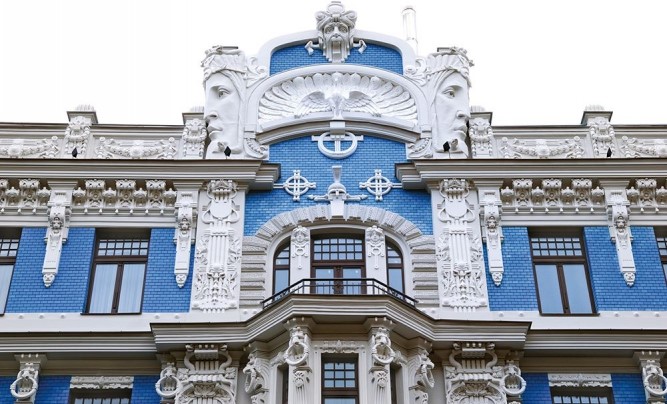
Latvians highly respect their traditional folklore especially the folk dancing and singing traditions which date back to more than a thousand years ago. More than 1.2 million folk verses called Dainas and 30 thousand melodies called Dziesmas have been identified and documented. They are included in the UNESCO Memory of the World Register.
Latvia is not only a home of nature and cultural heritage, but also a homeland for excellent professionals in music, for example, opera singer Elina Garanča and conductor Andris Nelsons, as well as in sports – many NBA and NHL players, as well as professionals in winter sports.
The healthcare system of Latvia is largely funded through government taxation. It is among the lowest-ranked healthcare systems in Europe, due to its low level of funding – not reaching even 4% of GDP in 2020. This underfunding has led to excessive waiting times for consultations and treatment, insufficient access to the latest medications and investigations, and other factors, including lack of doctors and nurses in the state hospitals. Healthcare benefits are available for government, municipality and private inpatient and outpatient health care institutions. Patients pay a contribution in order to receive healthcare, compared to Europe, patients in Latvia pay a high amount in out-of-pocket payments.
20th century medical practice in Latvia
After World War II, Professor Pauls Stradiņš remained in Latvia, where he efficiently rebuilt and renewed the education and science of medicine from scratch. In 1950, the Riga Medical Institute was established with the help of the Faculty of Medicine of the State University of Latvia. The initiators were Pauls Stradiņš, Ernests Burtnieks (1950-1958) – the first Director of the Riga Medical Institute, and the Healthcare Minister Ādolfs Krauss. In pictures below – anatomy classes in 20th century and nowadays.
Professor with students in 1971
Medical education in Latvia
Today there are two universities providing medical education for young doctors, the University of Latvia (LU) and Riga Stradiņš University (RSU), enrolling around 280 medical students every year in total.
The general medical training takes six years, provided in both Latvian and English languages. The Faculty of Medicine was established in 1919, closed during the soviet occupation and re-established in 1997. At the moment, RSU is the only university providing a residency in neurology as a government-funded university. Every year approximately 200 medical students graduate from the medical faculty and most of them enter postgraduate training in residency.
The residency in neurology is a four-year professional programme consisting of various clinical rotations and regular evaluations, available only in Latvian language. Rotations are held in two clinical university hospitals – Pauls Stradins Clinical University hospital and Riga East Clinical University hospital, both located in Riga. The residency is completed by passing a state certification exam. The medical education, as well as residency is state funded for most of the students who are citizens.
Society of Latvian Neurologists
There are currently 282 certified neurologists in Latvia, united by the Latvian Society of Neurologists (LNB in Latvian). Neurology in Latvia is mainly made up of female neurologists – about 80%. Early in 2020 the latest board election took place and currently LNB is led by the president, Professor Evija Miglāne, and six other board members, including one young neurologist.
We are proud to provide the best treatment in stroke, hitting success rates and high numbers of treated patients compared to other European countries for the past few years, also receiving ESO Angels highest awards for stroke units of clinical university hospitals.
Latvia keeps progressing in advanced care in the field of movement disorders and neurodegenerative diseases, multiple sclerosis and neuromuscular disorders. For example, in 2019, the first Baltic school of neuro-myology was organised, starting a new tradition in the neuromuscular field in the Baltic region. The Society of Latvian Neurologists is eager to maintain the current pace of progress by local neurologists and increased developments in knowledge and science to make an impact locally and internationally.

